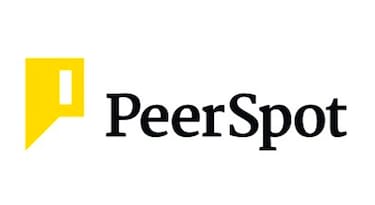Hi peers,
Spotlight #6 is our fresh bi-weekly community digest. It helps you catch up on recent contributions by community members. Please comment below with your feedback about our new brand name and this Spotlight!

Trending
-
Top RPA trends and forecasts that will help boost the technology-driven sector in 2022 and beyond
- What are your top Extended Detection and Response (XDR) predictions for 2022?
Articles
Community members share their knowledge in the articles below.
-
Privileged Access Management as a Service (PAMaaS): benefits and service offerings by Shibu Babuchandran
- Thoughts about the NetSuite SuiteSuccess methodology by Dominic-Gopal
Post YOUR own article from your Home feed!

Questions
Share your experience with other peers by answering the questions below and post YOUR own question from your Home feed!
Security
- How do you decide about the alert severity in your Security Operations Center (SOC)?
- What is the difference between mitigation and remediation in incident response?
- Are you aware of SIEM platforms that integrate both Active Directory auditing and security monitoring tools?
- What tools do you recommend to use for mobile penetration testing in 2022?
- Which is the best SaaS-based SIEM tool and why?
- Developer sabotaged his own popular open-source libraries - WDYT?
- What are the main differences in features between Sophos XG and FortiGate 80F?
- Have you been experiencing any pain points with Symantec recently?
-
Can you help me understand client requirements about Forcepoint Next-Generation Firewall?
Information Technology
- How to choose between an on-premise RPA platform vs a cloud one?
- What are your top Backup Software predictions for 2022?
- How an ERP system can become a revenue generation source for a bank?
- What are your Enterprise Resource Planning (ERP) predictions for 2022?
- How do Alcatel-Lucent OmniSwitch Ethernet switches compare with Aruba ones?
- What is your experience regarding pricing and costs for Qlik Replicate?
- What trends and challenges do you predict about Virtualization software for 2022?
- What is the best no-code developer portal if I am not using a gateway?
- What are your top Hyperconverged Infrastructure (HCI) predictions for 2022?
DevOps
-
What are your top DevOps and DevSecOps predictions for 2022?
- How does Microsoft Azure DevOps compare with GitLab?
Also, you're invited to check our previous Community Spotlight here.
Community Team,
PeerSpot



@Shibu Babuchandran and @Dominic-Gopal, thank you for contributing your articles!
Thank you for this helpful post and congratulations on the new company name!